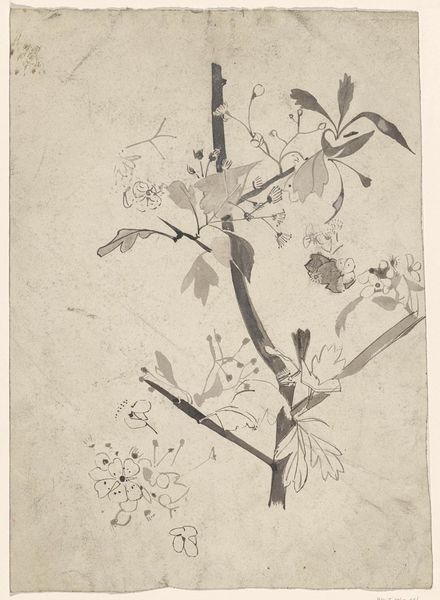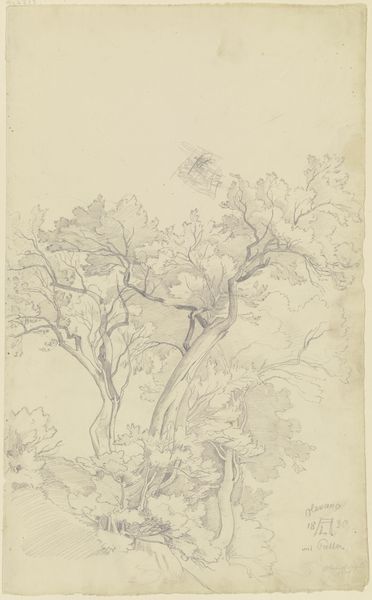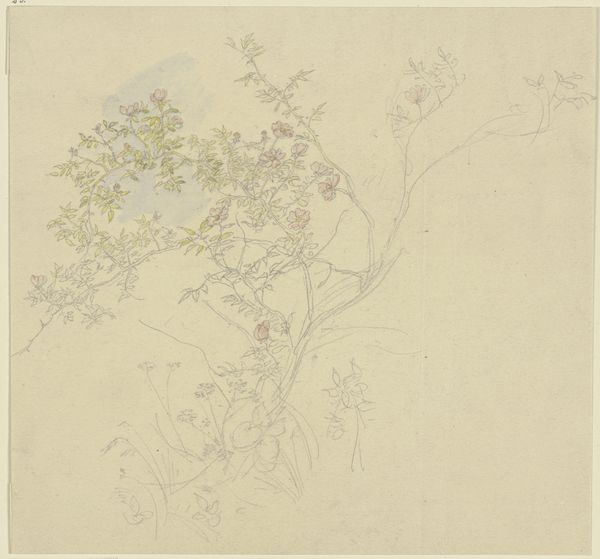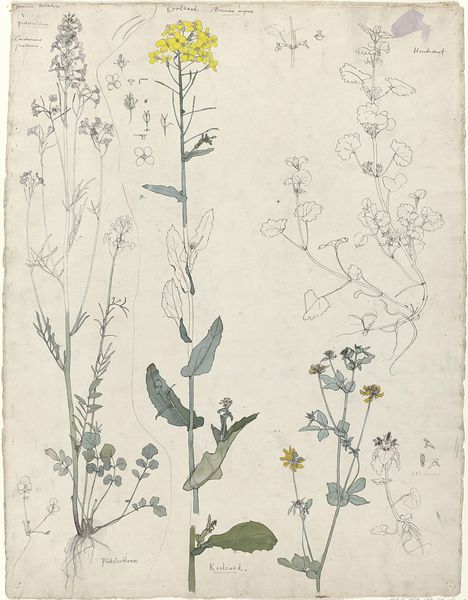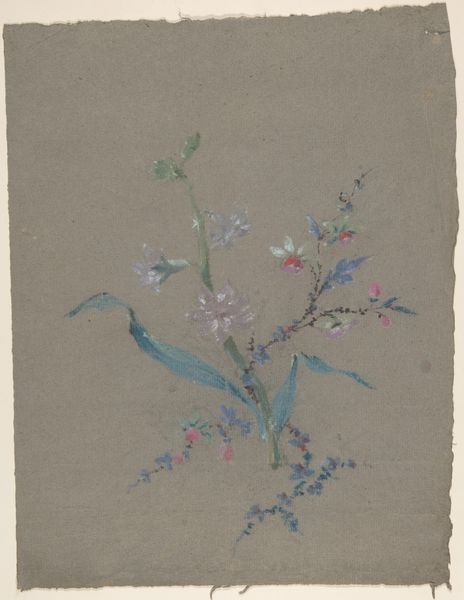
painting, ink
#
ink drawing
#
ink painting
#
animal
#
painting
#
asian-art
#
landscape
#
figuration
#
ink
Dimensions: 59 1/2 x 29 3/4 in. (151.13 x 75.57 cm) (image)84 7/8 x 37 1/16 in. (215.58 x 94.14 cm) (without roller)
Copyright: Public Domain
Nishiyama Hōen painted these Egrets with ink and color on silk in nineteenth-century Japan. The delicate, almost ethereal rendering of the birds amidst pine and wisteria, suggests a symbolic language rooted in Japanese culture. In Japan, egrets often symbolize purity and longevity, while pine trees represent steadfastness and resilience. Wisteria, with its cascading blossoms, can evoke feelings of grace and beauty. The combination of these motifs suggests a deeper meaning. During the Edo period, when Hōen was working, Japanese society was highly structured. Art served not only as aesthetic pleasure but also as a reflection of social values. Traditional painting styles were often favored by the ruling classes as a way to reinforce their power. To truly appreciate a work like this, we must consider its original cultural context. Researching Japanese symbolism and the social history of the Edo period helps us understand what this image might have meant to its original audience, and what role painting played in Japanese society.
Comments
No comments
Be the first to comment and join the conversation on the ultimate creative platform.
